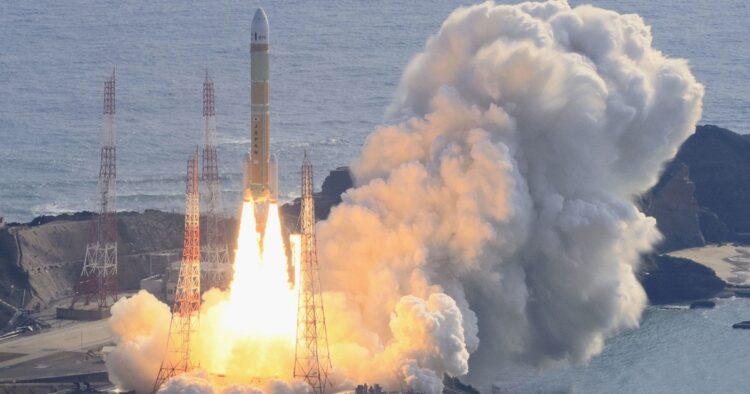Japan’s space agency, JAXA, celebrated a significant achievement as its latest flagship rocket, the H3, successfully soared into orbit on Saturday. This marks the third attempt for the H3, following years of delays and two previous failed launches. The rocket took off from the Tanegashima Space Center in southwestern Japan, showcasing its flexibility and cost-effectiveness, according to JAXA officials.
The H3 rocket is positioned as a potential competitor to Space X’s Falcon 9 and holds promise for future missions, including cargo delivery to Moon bases. Developed jointly by JAXA and Mitsubishi Heavy Industries, it aims to offer high flexibility, reliability, and cost performance, ensuring Japan’s continued autonomous access to space.
The successful launch comes after setbacks in previous attempts, including ignition issues and technical problems. However, improvements were made to the ignition system, leading to a triumphant liftoff. The H3 carried two small satellites, with one focusing on disaster prevention through photography and video, while the other detects infrared rays to monitor factory operations.
The confirmation of microsatellite separation was met with cheers and applause at the JAXA control center, signifying a major milestone for the mission. Despite a delay from bad weather, the successful launch underscores Japan’s commitment to advancing its space program and overcoming past failures.
Associate professor Alice Gorman from Flinders University described the H3 as an “all-rounder,” capable of various missions, including satellite launches, supply missions to space stations, and lunar exploration. Its successful launch adds to JAXA’s reputation, following recent achievements such as the SLIM spacecraft landing on the Moon.
While Japan’s space program has faced challenges, including failures with the Epsilon-6 rocket, experts like Adrian Michael Cruise recognize its potential. With ambitions for space exploration, Japan aims to remain competitive by utilizing powerful launch vehicles like the H3.
Unlike the reusable Falcon 9, the H3 is expendable, but its innovative technology sets it apart. Michele Trenti, director of the Melbourne Space Laboratory, highlighted the unique first-stage engine’s greater thrust, which could make the H3 the most cost-effective rocket for solar system exploration, offering more affordable access to space missions.
In conclusion, the successful launch of Japan’s H3 rocket represents a significant achievement in space exploration, marking a step forward for the country’s space ambitions and positioning it as a key player in future missions beyond Earth’s orbit.

















Comments